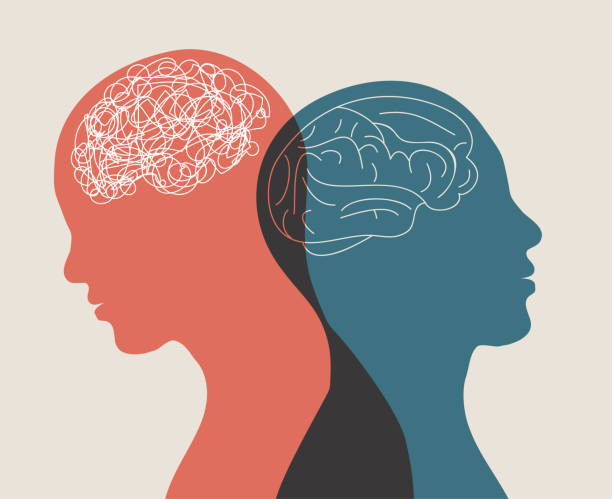Introduction
Have you ever said something in anger that you later regretted? Or felt completely out of control in a stressful moment? This phenomenon is known as emotional hijacking—a term popularized by psychologist Daniel Goleman in his book Emotional Intelligence (1995). Emotional hijacking occurs when the emotional center of the brain, particularly the amygdala, overrides rational thinking, leading to impulsive and sometimes irrational reactions.
Understanding Emotional Hijacking
The amygdala, a small almond-shaped structure in the brain’s limbic system, is responsible for processing emotions, particularly fear and threat responses (LeDoux, 1996). When faced with a perceived threat—whether physical or psychological—the amygdala can trigger an automatic fight, flight, or freeze response, often before the prefrontal cortex (the rational thinking part of the brain) has time to assess the situation.
This “amygdala hijack” results in an immediate emotional reaction, often disproportionate to the actual threat (Goleman, 1995). While this response was essential for survival in evolutionary history (e.g., escaping predators), in modern life, it can lead to unhelpful behaviors such as lashing out at a loved one, making rash decisions, or experiencing anxiety attacks.
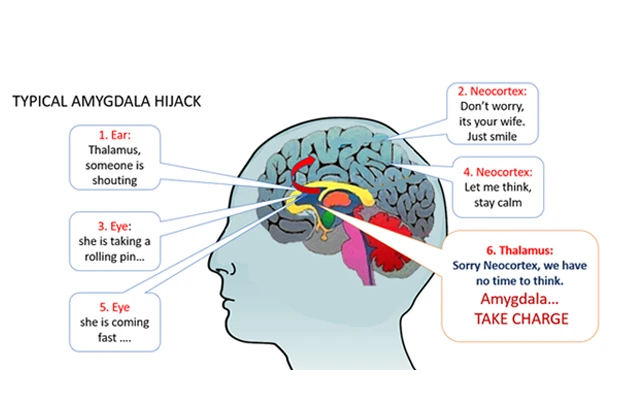
The Physiology of Emotional Hijacking
When an emotional hijack occurs, the brain releases stress hormones such as cortisol and adrenaline, increasing heart rate, blood pressure, and alertness (Sapolsky, 2004). This rapid physiological change prepares the body for immediate action but can also impair judgment, making it difficult to think logically, problem-solve, or communicate effectively.
Causes of Emotional Hijacking
Several factors contribute to emotional hijacking-
- Past Trauma and Conditioning- People with a history of trauma or chronic stress may have a hyperactive amygdala, making them more prone to emotional hijacks (van der Kolk, 2014). This is particularly evident in individuals with PTSD, who may react intensely to minor triggers.
- High Stress and Fatigue- When under constant stress or sleep deprivation, the brain’s ability to regulate emotions is compromised (Walker, 2017). The prefrontal cortex becomes less effective, allowing emotional impulses to take over.
- Personality and Temperament- Some individuals are naturally more emotionally reactive than others due to genetic and environmental influences (Davidson & Begley, 2012). Those with low emotional resilience are more susceptible to hijacks.
- Unresolved Emotional Baggage- Suppressing emotions rather than processing them can lead to bottled-up frustration, which eventually explodes in an emotional hijack (Gross, 2002).
Real-Life Consequences of Emotional Hijacking
Emotional hijacking can have serious implications in various aspects of life-
- Relationships- Sudden emotional outbursts can damage personal and professional relationships. Harsh words said in anger can lead to long-term conflicts and misunderstandings.
- Workplace Performance- In high-stress work environments, an emotional hijack can lead to poor decision-making, impulsive reactions, or conflicts with colleagues (Boyatzis, Goleman & Rhee, 2000).
- Mental Health- Repeated emotional hijacking contributes to chronic stress, anxiety, and depression, making emotional regulation a key factor in overall well-being (Siegel, 2012).
- Physical Health- Frequent amygdala hijacks increase stress hormone levels, which can contribute to heart disease, weakened immune function, and digestive issues (Sapolsky, 2004).
How to Prevent and Manage Emotional Hijacking
The good news is that emotional regulation is a skill that can be developed. Here are some practical strategies-
1. Develop Self-Awareness
Self-awareness is the foundation of emotional regulation. Understanding your emotional triggers helps prevent emotional hijacks before they occur.
- By keeping a journal, individuals can identify patterns in their reactions—such as specific situations, people, or stressors that provoke strong emotions.
- Mindfulness practice, which involves paying attention to thoughts and feelings without judgment, also helps increase self-awareness (Kabat-Zinn, 1990).
When people recognize what triggers their emotional hijacks, they can work on changing their responses instead of reacting impulsively.
2. Practice the 6-Second Rule
- When emotions surge, taking a six-second pause before reacting allows the rational brain (prefrontal cortex) to regain control over the emotional brain (amygdala).
- During these seconds, the intensity of the emotional response begins to decrease, making it easier to choose a thoughtful response instead of an impulsive reaction (Goleman, 1995).
- This technique is especially useful in high-stress conversations, conflicts, or moments of frustration, helping prevent regrettable outbursts and poor decision-making.
3. Engage in Deep Breathing and Grounding Techniques
Deep breathing techniques activate the parasympathetic nervous system, which counteracts the fight-or-flight response triggered by emotional hijacking.
- The 4-7-8 breathing technique (inhale for 4 seconds, hold for 7 seconds, exhale for 8 seconds) helps slow the heart rate and reduce stress hormones (Porges, 2011).
- Grounding techniques, such as focusing on physical sensations (touching an object, feeling the floor beneath your feet) or using the “5-4-3-2-1” sensory method (identifying five things you can see, four you can touch, etc.), can also bring attention back to the present moment and reduce emotional overwhelm.
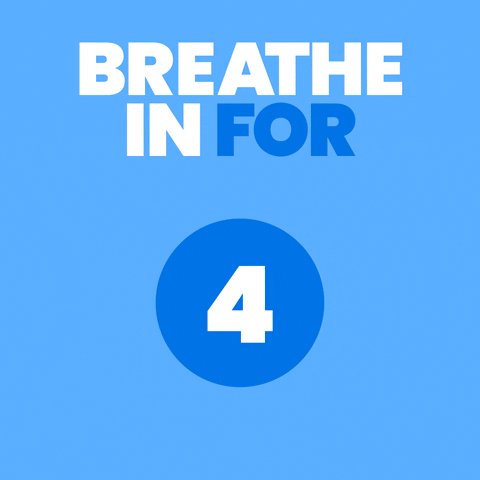
4. Reframe the Situation
Cognitive reappraisal is a cognitive-behavioral therapy (CBT) technique that involves changing how we interpret a situation.
- Instead of reacting with catastrophic thinking (e.g., “This is the worst thing ever!”), reframing allows individuals to take a more balanced perspective (e.g., “This is difficult, but I can handle it”) (Gross, 2002).
- This shift in thinking reduces emotional intensity and promotes problem-solving rather than panic.
By training the brain to find alternative viewpoints, individuals can better manage their emotional responses in stressful situations.
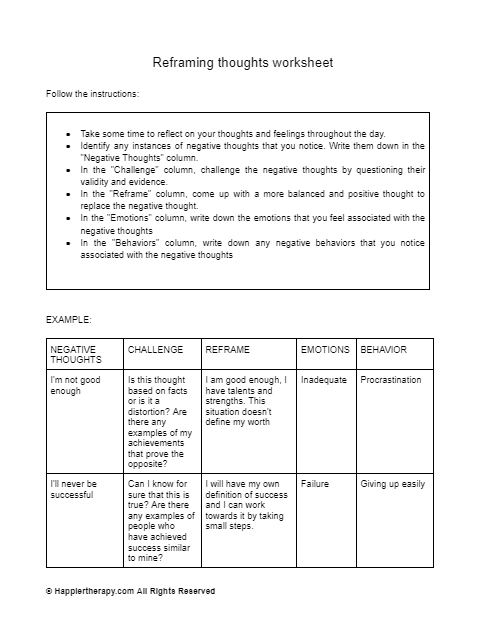
5. Strengthen the Prefrontal Cortex with Meditation
Regular meditation strengthens the prefrontal cortex, the part of the brain responsible for rational thinking, impulse control, and emotional regulation (Davidson et al., 2003).
- Even 10 minutes of daily mindfulness meditation can improve the brain’s ability to manage emotions by reducing amygdala overactivity and increasing self-awareness.
- Meditation also enhances focus and patience, making it easier to pause before reacting emotionally.
Over time, this practice rewires the brain for greater emotional resilience and self-control.
Read More- Mental Health
6. Get Enough Sleep and Reduce Stress
Chronic sleep deprivation weakens the brain’s ability to regulate emotions, making individuals more prone to emotional hijacks (Walker, 2017).
- Lack of sleep reduces prefrontal cortex function, leading to heightened emotional reactivity and difficulty managing stress.
- To improve emotional control, aim for 7–9 hours of quality sleep per night.
- Additionally, regular exercise, relaxation techniques (such as yoga or progressive muscle relaxation), and spending time with loved ones can lower overall stress levels, making emotional hijacks less frequent.
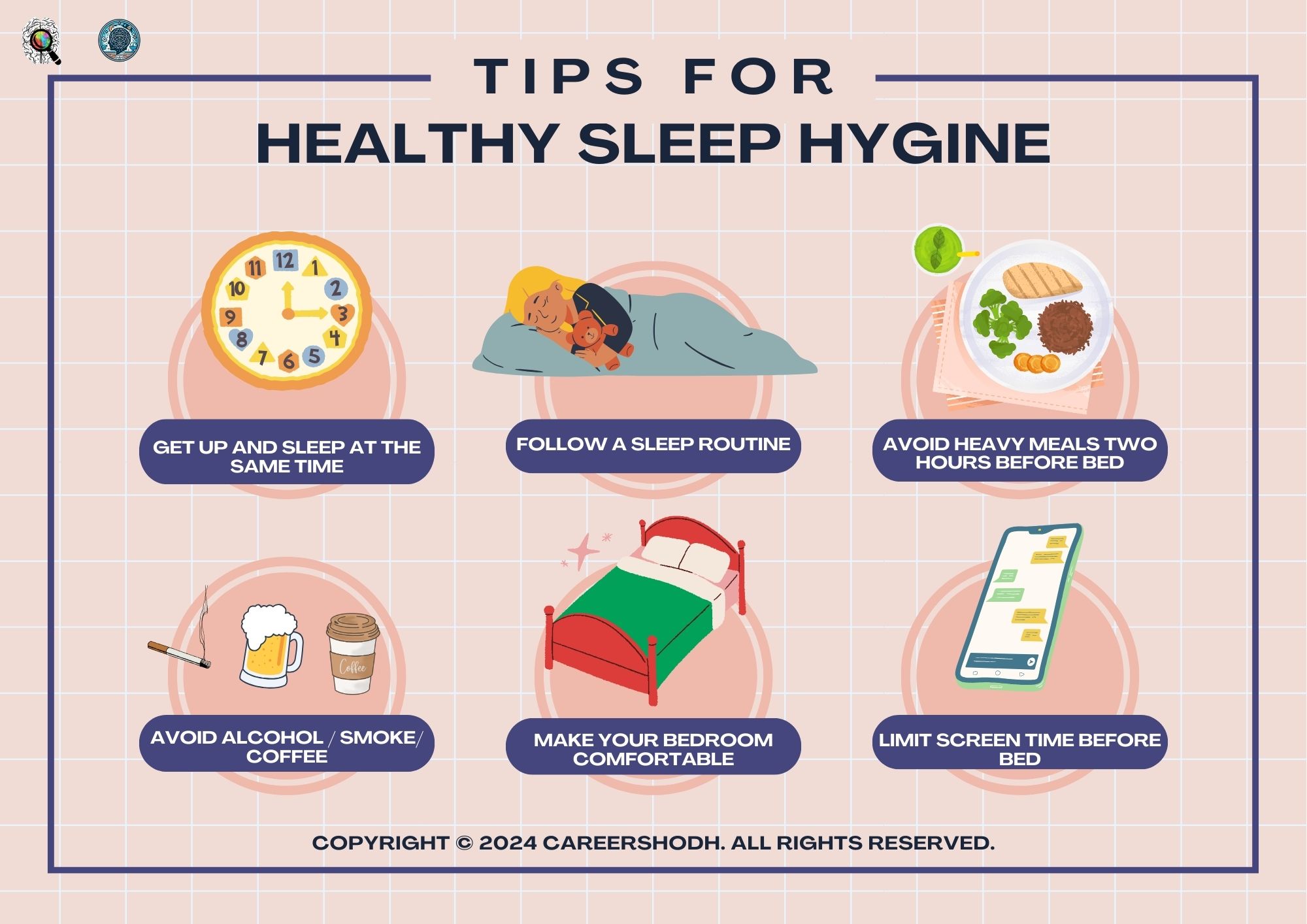
Read More- Sleep and Mental Health
7. Improve Emotional Intelligence (EQ)
Emotional intelligence (EQ) refers to the ability to recognize, understand, and manage emotions in oneself and others. High EQ individuals are better at controlling emotional hijacks because they can-
- Identify their emotions early before they spiral out of control.
- Practice empathy, helping them navigate conflicts with greater patience.
- Use emotional regulation techniques, such as positive self-talk or seeking social support, to calm themselves (Goleman, 1995).
Improving EQ involves practicing active listening, self-reflection, and emotional labeling (e.g., identifying emotions with specific words like “frustration” instead of just “bad”). Over time, this enhances emotional control and resilience.
Read More- Emotional Regulation
8. Seek Professional Help When Needed
For individuals who experience frequent, intense, or uncontrollable emotional hijacks, professional intervention can be beneficial. Therapy techniques such as-
- Cognitive-Behavioral Therapy (CBT) – Helps reframe negative thought patterns and develop emotional regulation skills.
- Eye Movement Desensitization and Reprocessing (EMDR) – Effective for trauma-related emotional hijacks.
- Mindfulness-Based Therapy – Helps improve emotional resilience and reduce stress-related hijacks (Siegel, 2012).
Seeking help is not a sign of weakness but rather an investment in mental well-being and long-term emotional balance.
Conclusion
Emotional hijacking is a natural response but can have significant consequences in relationships, work, and well-being. Understanding the brain’s emotional mechanisms empowers individuals to develop better emotional control. By practicing self-awareness, mindfulness, cognitive reframing, and stress management, one can prevent emotional hijacks and respond to challenges in a calm and rational way.
Emotional intelligence is a skill that can be learned, and mastering it leads to better decision-making, stronger relationships, and improved mental health. The key is to recognize emotional hijacks as they happen and implement strategies to regain control before emotions take over.
References
Boyatzis, R. E., Goleman, D., & Rhee, K. (2000). “Clustering competence in emotional intelligence: Insights from the Emotional Competence Inventory (ECI).” Handbook of Emotional Intelligence.
Davidson, R. J., & Begley, S. (2012). The Emotional Life of Your Brain. New York: Hudson Street Press.
Goleman, D. (1995). Emotional Intelligence: Why It Can Matter More Than IQ. New York: Bantam Books.
Gross, J. J. (2002). “Emotion regulation: Affective, cognitive, and social consequences.” Psychophysiology, 39(3), 281–291.
Kabat-Zinn, J. (1990). Full Catastrophe Living: Using the Wisdom of Your Body and Mind to Face Stress, Pain, and Illness. New York: Random House.
LeDoux, J. E. (1996). The Emotional Brain: The Mysterious Underpinnings of Emotional Life. New York: Simon & Schuster.
Sapolsky, R. M. (2004). Why Zebras Don’t Get Ulcers: The Acclaimed Guide to Stress, Stress-Related Diseases, and Coping. New York: Holt Paperbacks.
Siegel, D. J. (2012). The Developing Mind: How Relationships and the Brain Interact to Shape Who We Are. Guilford Press.
van der Kolk, B. (2014). The Body Keeps the Score: Brain, Mind, and Body in the Healing of Trauma. Viking.
Walker, M. (2017). Why We Sleep: Unlocking the Power of Sleep and Dreams. Scribner.
Subscribe to PsychUniverse
Get the latest updates and insights.
Join 3,022 other subscribers!
Niwlikar, B. A. (2025, February 7). What is Emotional Hijacking and 7 Important Ways to Prevent It. PsychUniverse. https://psychuniverse.com/emotional-hijacking/

